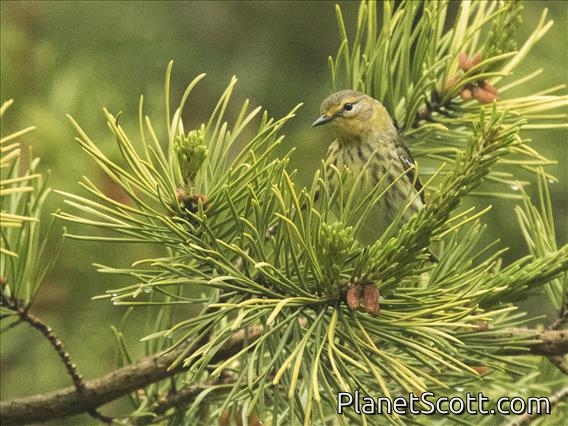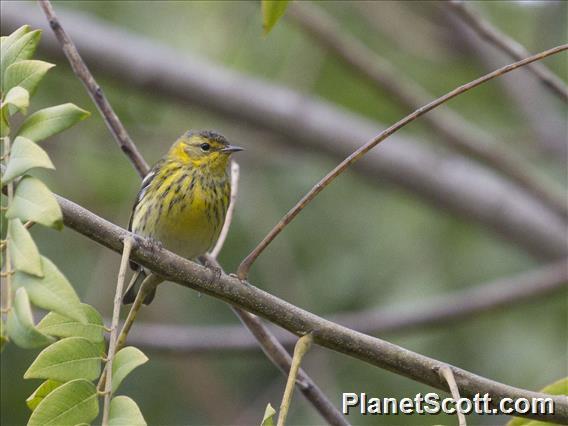Cape May Warbler (Setophaga tigrina)

Cape May Warbler (Setophaga tigrina) - Female

Cape May Warbler

Cape May Warbler (Setophaga tigrina)



×




Cape May Warbler (Setophaga tigrina) - Female

Cape May Warbler

Cape May Warbler (Setophaga tigrina)
About Cape May Warbler (Setophaga tigrina)
- Kingdom: Animals
- Phylum: Chordates
- Class: Birds
- Order: Perching Birds
- Family: New World Warblers
The Cape May warbler is a species of New World warbler. It breeds in northern North America. Its breeding range spans all but the westernmost parts of southern Canada, the Great Lakes region, and New England. It is migratory, wintering in the West Indies. This species is a very rare vagrant to western Europe, with two records in Britain as of October 2013. The English name refers to Cape May, New Jersey, where George Ord collected the specimen that was later described by Alexander Wilson.
Source: Wikipedia
Lifelists
Visits
-
2009-01-22
Cay Caulker, BelizeSee photo. I am calling it Cape May based on the very sharp looking beak and the subtle yellowish coloring on the face. -
2014-01-20
Zapoten, Dominican Republic -
2014-01-22
El Aceitillar, Dominican Republic -
2014-01-24
Santo Domingo - Botanical Gardens, Dominican Republic -
-
2016-05-06
Montrose Point, United States of America -
-






